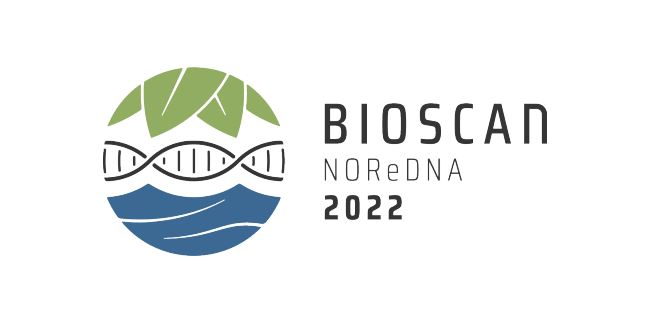We are happy to announce that after a long pandemic, our WP1 team participated in an international BIOSCAN NOReDNA Conference, 9-11.10.2022 that took place in Trondheim (Norway).
Participants: Baranowska M (prezenterka)/ Baranowska M, Krawczyk D, Janik-Superson K, Królikowska K, Seweryn M, Lach J, Tończyk G, Desiderato A, Taugbøl A, Strapagiel D, Bącela-Spychalska K.
Title: Assessing biodiversity in 20 Norwegian ponds in the context of urbanization
Abstrakt:
According to the Living Planet Report, ca 60% of animal species populations have declined as a result of human activity in the past four decades. Urbanization induces the loss of natural habitats and opens a gate for invasive species. Ponds are freshwater habitats that exist in both urban and non-urban landscapes, often found to be biodiversity hotspots of many rare and endangered species. As ponds typically are not monitored systematically, knowledge about overall pond biodiversity still remains poor. Here, we will present the results of the diversity of 20 Norway ponds (including bacteria, fungi and invertebrates) based on eDNA and assess the impact of urbanization in Oslo and Trondheim. Pond water was sampled and filtered from urban and rural ponds in Oslo and Trondheim areas. DNA libraries were prepared using PCR- based amplification of the different regions depending on organism identification (16S rRNA for bacteria, LSU rRNA for fungi, COI for invertebrates). Sequencing was performed on the Illumina MiSeq platform rendering 2 x 250 bp paired-end sequences. Ponds were described as urban or rural based on distance from metropolia and human modification level (QGIS) and several factors describing water chemistry were measured when sampling. The level of significance for the difference between the Shannon index in urban vs rural locations is: p=0.016 (invertebrates, COI) for Oslo and p=0.043 (fungi, LSU) for Trondheim. For both, higher biodiversity was observed in rural areas. At the same time for the Jaccard dissimilarity index we have p<0,05, for: bacteria and invertebrates in Oslo and fungi in Oslo and Trondheim. We further used the ANCOM model to determine taxa separating urban and rural areas. These results showed that in Oslo, which is a more urbanised city, the differences in biodiversity between urban and rural ponds are more significant than in Trondheim, especially if we consider beta-diversity for all studied taxa.
Detail brochure including all abstracts can be found here:
https://norbol.org/bioscan2022/wp-content/uploads/2022/11/NOReDNA-2022-Abstracts-compiled.pdf




